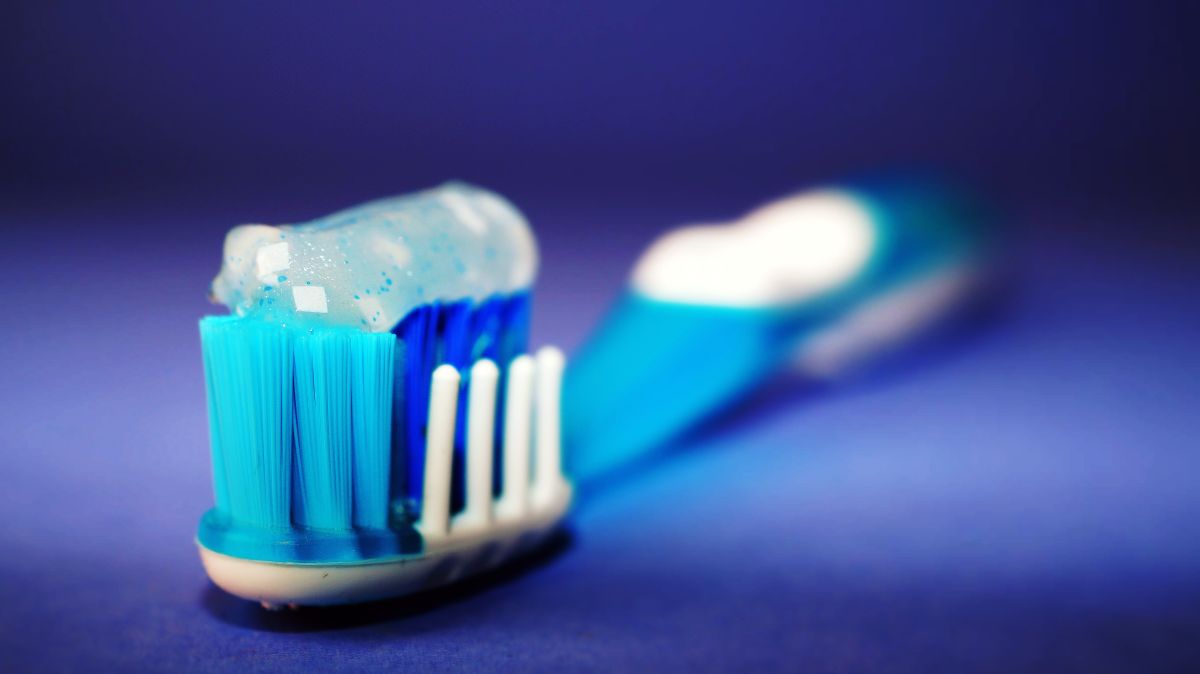Approximately 4.5 million people in America wear braces or other orthodontic appliances to straighten their teeth and correct dental issues according to a recent report from the American Association for Orthodontics. Though most of them are in their teens, about 20 percent are adults, some of whom are in their 50s and beyond. Regardless of age or how long a patient has been wearing braces, certain issues are bound to arise.

Common Orthodontic Issues and Temporary Solutions
Orthodontic issues rarely crop up at convenient times. In fact, they generally arise at night and on weekends or holidays. Of course, those are the times when scheduling an immediate appointment with the orthodontist isn’t exactly an option. Being prepared for those issues and understanding how to take care of them at home can help relieve the discomfort and other resulting problems until you’re able to see your orthodontist.
1) Grinding the Teeth
At least eight percent of adults grind or clench their teeth at night, and around 33 percent of parents notice their children doing so. This can cause jaw and tooth pain, headaches, and other problems. At the same time, it places excess strain on the teeth and may increase the risk of breaking and alignment issues. For tooth grinders, as well as patients who’ve had braces, it’s a good idea to contact the orthodontist for a hard night guard before problems actually arise. Having this essential tool on hand will help reduce tooth grinding and discomfort while also aiding in retaining tooth alignment.
2) Wires Protruding from Braces
It’s not uncommon for the wires used to place force on the teeth and straighten them to slip out of their brackets. They can cause quite a bit of discomfort and mouth irritation if not taken care of promptly. Since those wires are made out of incredibly durable and pliable material that was originally designed by NASA, they can usually be bent flat against the teeth using a Q-tip or sterilized tweezers.
3) Mouth Irritation
Mouth irritation is an especially common issue for those who wear braces. Be sure to keep orthodontic relief wax on hand for such emergencies. Whether the brackets are causing irritation or you have a particularly stubborn protruding wire than can’t be bent into a comfortable position, applying a small amount of wax can go a long way.
4) Displaced O-Rings
O-rings, or the tiny rubber bands that hold the wires of braces in place, are notorious for snapping or slipping. Always be sure to have extra o-rings just in case. If they break or slip off, you may be able to fix the issue using a clean pair of tweezers. For self-ligating braces, you may be able to remove a broken or displaced wire ligation using those tweezers.
5) Mouth Sores
Almost everyone experiences mouth sores at some point whether they’re caused by braces, food particles, or accidentally chomping down on the inside of the jaw while chewing. Over-the-counter numbing gels and solutions can be helpful for this problem. Rinsing the mouth with warm salt water also aids in healing. For this solution, mix half a teaspoon of salt with a cup of warm water and swish repeatedly.
6) Orthodontic Discomfort
Braces exert a great deal of force on the teeth to gradually straighten them, and this is bound to cause a certain amount of pain. As mentioned previously, bruxism, or grinding the teeth, also leads to tooth and jaw discomfort as well as headaches. Over-the-counter painkillers usually suffice for easing the pain. Acetaminophen relieves pain but doesn’t help with inflammation. NSAIDs, such as ibuprofen, reduce inflammation but can raise blood pressure and cause stomach issues. As long as you take either in moderation, though, they shouldn’t cause significant problems.
In a Nutshell
These and many other orthodontic issues can crop up at any time. It’s not always possible to see the orthodontist right away, but you can take care of many of those problems at home in the meantime. Keep these points in mind and be sure to keep a supply of wax, over-the-counter painkillers and numbing agents, clean tweezers, and spare o-rings to get you through until you can see the orthodontist.



Some examples of the types of problems that orthodontics can treat include crooked or crowded teeth, teeth which stick out at odd angles, overbites, underbites and a misaligned jaw. If there are spaces or gaps in between the teeth, these can also be corrected with orthodontic treatments. The end goal is to get a straight, healthy smile that makes way for further tooth growth. When there is a problem with the bite, this can impact the overall health, making it more likely for teeth to get damaged down the line.